Why Don’t Traditional Hanfu Appear in Modern Dramas?

In the TV drama Filter (《滤镜》), Li Landi’s character, Su Chengcheng, organized an offline traditional Chinese style event. At the event, she and Tang Qi, played by Tan Jianci, both appeared in Hanfu. Netizens exclaimed, “Finally, we can see Hanfu outside of costume dramas!”
Let’s first talk about the plot background of Filter. The two characters in the show participated in a significant offline event, which was a relatively formal and grand occasion. The event required everyone to follow a dress code of ancient costumes. So, in a modern – day setting, they actively chose to wear traditional Chinese clothing together, which is different from wearing Hanfu in an ancient – themed context as before.
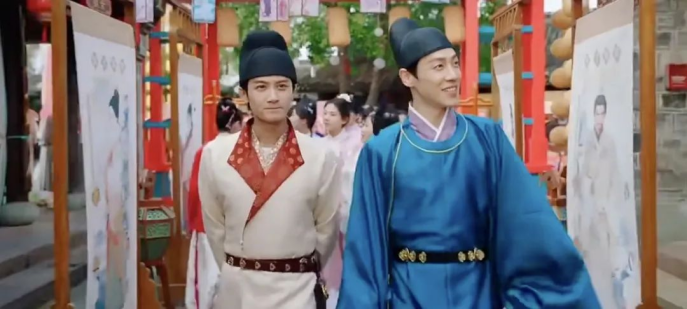
So all the participants of the event chose to wear traditional Hanfu styles. Interestingly, in this garden party where everyone was dressed in Hanfu, one or two people in modern – day fashion stood out as “out of place.” This also shows how important it is to create an atmosphere.
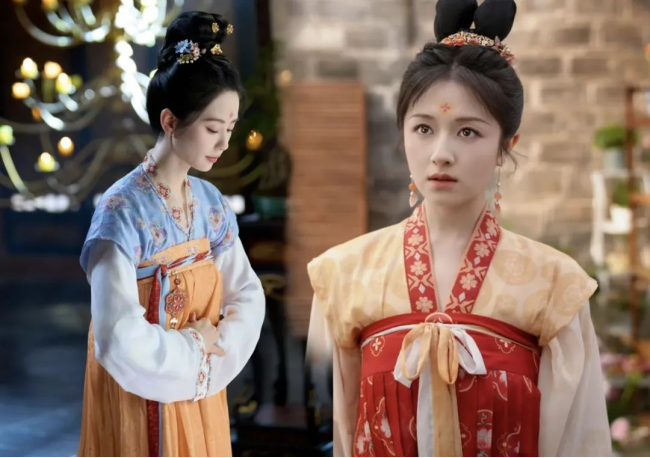
Li Landi wore an outfit in the early Tang dynasty clothing. She had a sleeveless beizi (褙子, a kind of outer garment), a high – waisted skirt that reached the chest, and she paired it with a pibo (披帛, a long, flowing silk scarf). It’s the same style as the one Liu Shishi wore in The Palm (《掌心》). The hairstyle for the early Tang – style doesn’t need to be overly complicated. Instead, it looks delicate and efficient, making it more in line with modern aesthetics.
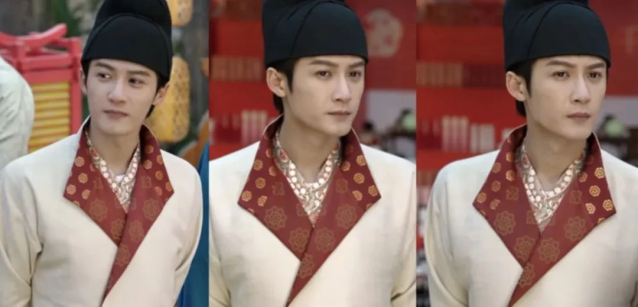
Tan Jianci wore a round – collared robe with a double – folded lapel. He had a half – sleeve garment underneath, a futou (a kind of traditional headgear) on his head, and a xiexie belt around his waist. This was the most fashionable outfit for men in the Tang Dynasty. Even with a seemingly casual look, one could easily recognize the charm of the narrow – sleeved daily – wear style. Does it give you a feeling of being transported back to the Tang Dynasty?
In the plot, to promote the main characters’ cosmetics brand, the character played by Tan Jianci was used to showcase the makeup culture of the Tang Dynasty. For example, Tan Jianci styled Li Landi’s hair into a “Intertwined-Heart Bun”. Meanwhile, the “wine-blush makeup” was introduced, and flower – shaped ornaments called “huadian” (花钿) were added. It clearly presented a clothing and makeup style.
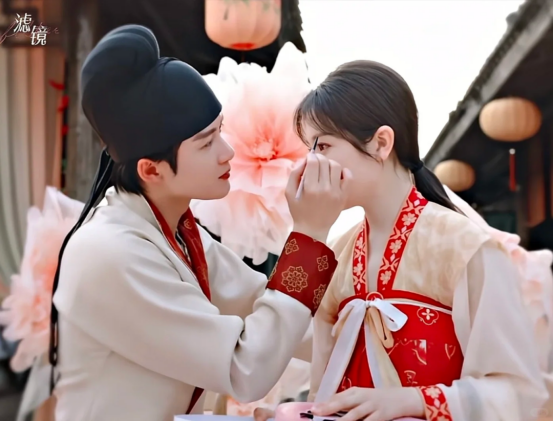
The wine – blush makeup is often seen in Tang – Dynasty paintings of ladies. On the faces of these ladies, the “wine – blush makeup” mostly extends to the eyebrows and the lower jaw. This color is also known as “渥赭色” in traditional Chinese colors, which is a deep red. In traditional Chinese painting, zhe color (a shade of brownish – red) can be made by mixing cinnabar and ink. The idiom “as red as if dyed with thick cinnabar” describes a person with a ruddy complexion. Here, the elements of traditional colors are used, which is in line with the promotion concept of domestic beauty products in the drama.
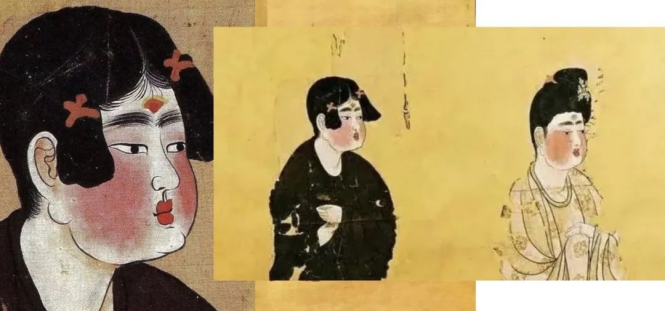
Summary
Previously, Zhou Ye also made full use of modern ways to wear Hanfu items in the modern drama Miss You Much (《很想很想你》). Most of the styles she wore were popular during the Song and Ming Dynasties, such as airplane – sleeve tops, two – piece skirts, stand – collar jackets, etc., which appeared many times. This also shows the versatility of these Hanfu elements. Hanfu items can completely replace daily items like collared outerwear, shirts, and half – skirts, presenting the effect of traditional Chinese style outfits.
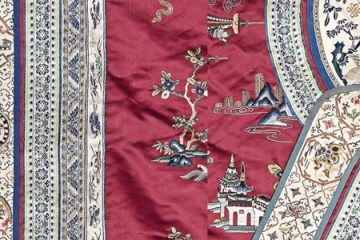
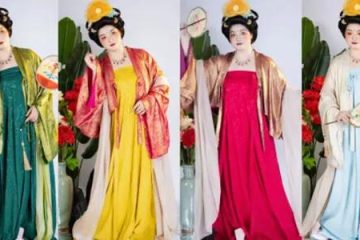
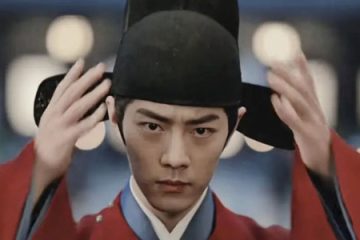
0 Comments